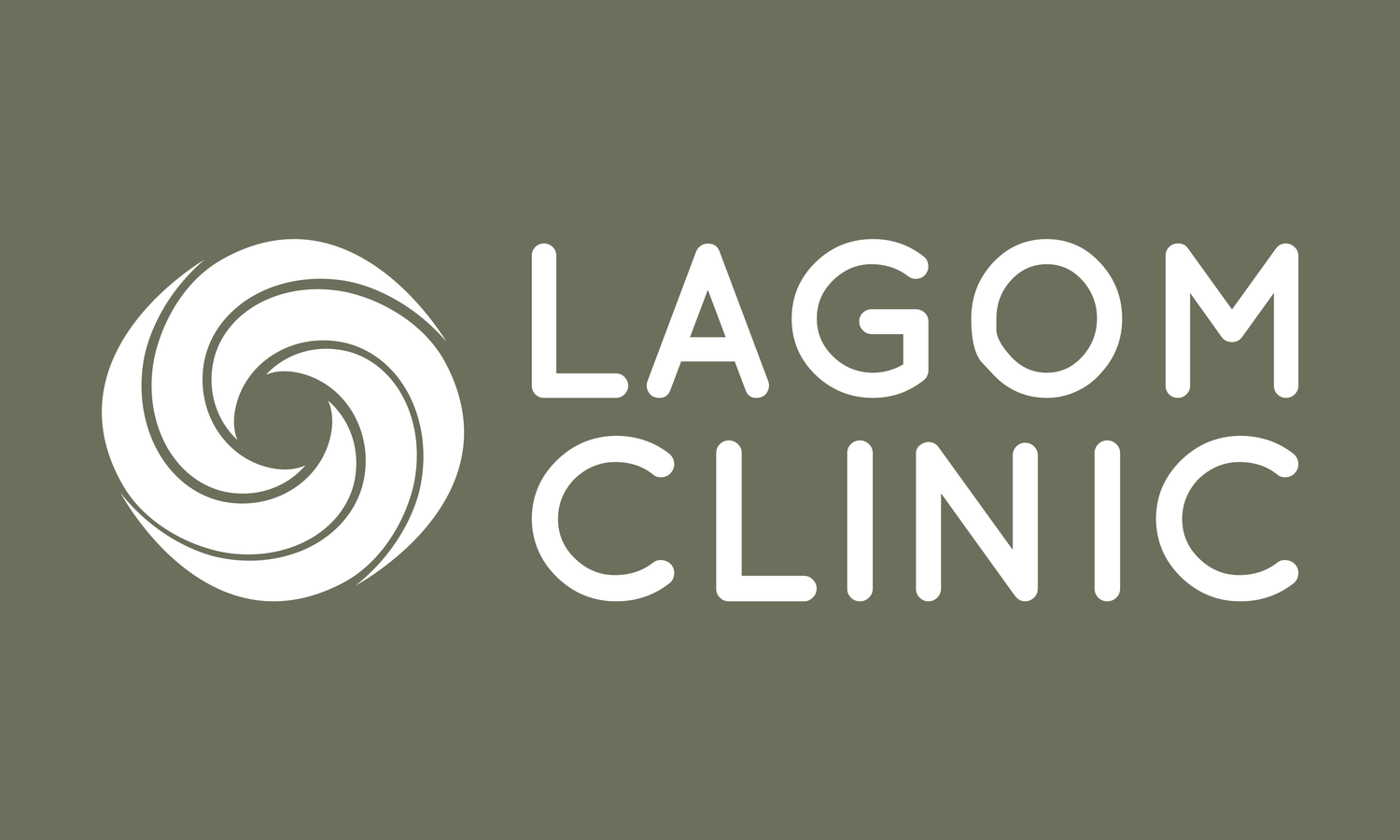Manual Lymphatic Drainage
The history of MLD
Dr. Emil Vodder and his wife Estrid, a naturopath, developed Manual Lymphatic Drainage (MLD) in France in the 1930s. They treated patients at a physical therapy institute.
While treating patients with conditions such as acne, migraines and sinusitis, he could feel swollen lymph nodes in their necks. He believed the swelling or congestion was the underlying cause of the disorders because the lymph nodes had become unable to cleanse the tissues therefore contributing to these symptoms.
He believed the lymph nodes could be massaged in a way to relieve their congestion. From here he intuitively invented the techniques of MLD.
In the 1960s, various doctors became interested in Dr. Vodder’s work and put together the first list of conditions that would benefit from lymphatic massage.
In 1966 in Austria, the Wittlingers, a family of physical therapists met and worked closely with Dr. Vodder. They opened a spa facility equipped in treating various ailments.
Dr. Vodder taught them his technique and they continue to this day to be a treatment centre for lymphatic disease.
The Wittlinger Clinic has medical doctors on staff, lymphatic therapists who treat with MLD, use water therapy, nutrition, exercise classes and also house a teaching school. To this day the Wittlingers have ensured the Dr. Vodder technique has been kept in its original form. Instructors have undergone rigorous training and travel around the world to teach the Dr. Vodder MLD technique to therapists.
What does a MLD treatment involve?
The lymphatic system, often referred to as the body's silent circulatory system, is a network of vessels, nodes, and organs responsible for managing fluid balance, filtering toxins, and supporting the immune system. Unlike the cardiovascular system, the lymphatic system lacks a pump, relying on muscle contractions and external stimuli for fluid circulation.
MLD, rooted in a deep understanding of lymphatic anatomy and physiology, employs a specialised hands-on approach to enhance the movement of lymphatic fluid.
At its core, MLD involves gentle, rhythmic strokes and targeted manipulations designed to stimulate lymphatic flow. Practitioners employ precise hand movements, strategically guiding lymphatic fluid towards lymph nodes, where toxins and waste products are filtered out. The methodical nature of MLD ensures a nuanced approach, considering the unique anatomy and requirements of each individual.
Scientifically, MLD has been shown to increase the speed and efficiency of lymphatic drainage, aiding in the reduction of swelling (edema) and promoting tissue healing. It also supports immune function by facilitating the transport of immune cells throughout the body.
It is necessary for the pressure exerted by the lymphatic massage therapist to be adjusted precisely to the texture of the tissue. Too much pressure can increase the amount of fluid in the tissues, a result we want to avoid. Lymphatic vessels in the skin are microscopic in size and do not need a lot of pressure to get them to contract and move fluid forward into the lymphatic system.
As the lymphatic system is an important part of the body's immune system, MLD improves immunity and defence against infections and other types of illnesses.
What can I expect during an MLD session?
During an MLD session, clients typically experience a calming and soothing effect. The slow, rhythmic movements induce a state of relaxation, and many describe feeling a lightness or increased energy afterward.
Sessions may vary in duration, often ranging from 30 minutes to 90 minutes, depending on individual needs and treatment goals.
What benefits can it provide?
The key benefits of MLD include:
Reduce swelling and fluid retention
Eliminates toxins from the body
Increases the healing process and recovery following surgery
Improves blood, venous and lymphatic circulation
When is it not appropriate?
MLD should not be used to treat the following:
Untreated malignant disease, including tumour recurrence or metastases
Acute inflammation
Acute allergy
Acute thrombosis
Acute phlebitis
Relevant cardiac insufficiency.
What conditions can it aid?
Manual Lymphatic Drainage is effective across a range of conditions including:
Post surgical recovery and traumatic edemas
Lipoedema and lymphoedema management
Immune support
Detoxification
Arthropathy and rheumatic diseases
Palliative care where other therapies cannot be used
Post-Surgical Recovery
After surgical interventions, such as cosmetic surgeries or joint replacements, MLD proves invaluable in minimising post-operative swelling, accelerating healing, and improving the cosmetic outcome. See here for more.
Lymphoedema Management
MLD is a cornerstone in managing lymphoedema, a condition characterised by swelling due to impaired lymphatic function. The technique assists in reducing swelling, improving mobility, and enhancing the overall quality of life for individuals with this chronic condition. See here for more.
Immune Support
By optimising lymphatic circulation, MLD contributes to immune system function, making it a valuable therapy for individuals seeking to bolster their immune response or those managing chronic immune-related conditions.
Detoxification
The lymphatic system plays a vital role in eliminating toxins from the body. MLD aids in detoxification by promoting the removal of metabolic waste and environmental pollutants, contributing to overall wellness.
Chronic Conditions
Individuals dealing with chronic conditions, such as fibromyalgia or chronic fatigue syndrome, may find relief through MLD. The technique's gentle nature is well-suited for those with sensitivities or limited tolerance for more vigorous interventions.
In summary
Manual Lymphatic Drainage, with its roots in both art and science, stands as a testament to the intricate connection between therapeutic techniques and physiological well-being.
Beyond its application in managing specific conditions, MLD embodies a holistic approach to health, unlocking the potential for balance, vitality, and harmony within the human body.
As our understanding of the lymphatic system deepens, the role of MLD in promoting wellness continues to evolve, marking it as a versatile and valuable tool in the landscape of complementary healthcare.





